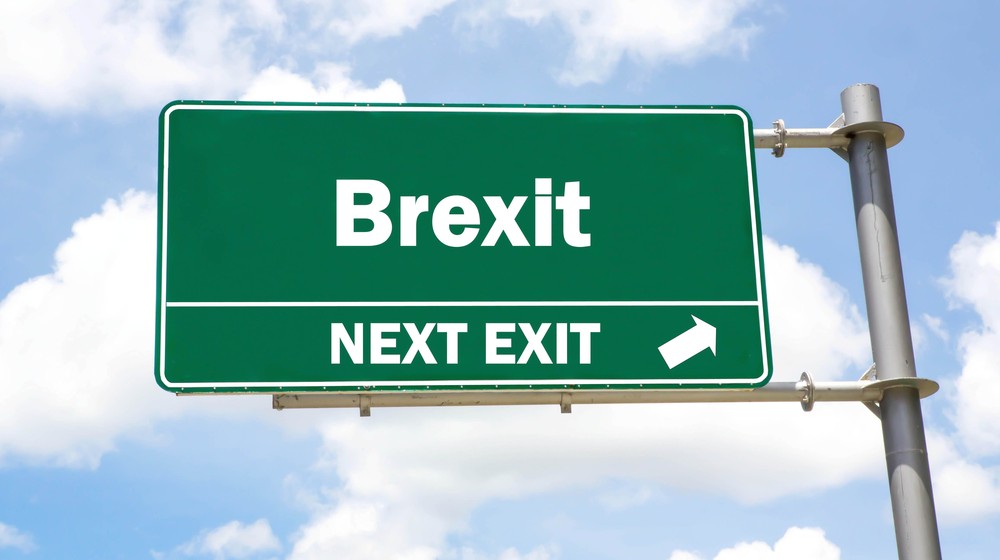In a previous posts (in Italian) I raised the question of why, assuming rational voting, Brexit seems to be so popular among the Brits, despite the very likely negative consequences on the economy in general. I argued the that, this may have something to do with the distribution of the gain/losses from Brexit. At least in the short run, trade-regulation will generate losers and gainers. And it seems intuitive that people will vote according to the consequences on their own well-being, and not the aggregate effects on, say GDP. Here I want to make the point that uncertainty is possibly the worse enemy of Brexiteers: even if a substantial share of the population is convinced that they will be better-off “Leaving”, enough uncertainty on their own personal destiny may persuade them to reject Brexit. From the analysis it follows that a) the British government should encourage the vote participation of high skilled workers; b) the EU should publicly announce that the UK will not be granted special treatment in future trade negotiations, and c) the BCE and the Fed should announce that the fate of the Sterling (as well of the British banks) will not be of their concern in case of Brexit.
The argument is quite standard. Suppose the voter i ‘ s well-being can be described by a standard concave utility function where
is her current wage inside the EU and
is the wage outside. This can be lower or higher than the current wage, for different individuals. The assumption is that each voter knows her current wage inside, but that there is uncertainty on what will happen to her wage should the country leave the EU:
where e is a idyosincratic shock with zero mean zero and variance .
By a standard linearization around e=0 we can write that the expected utility of voter i outside the EU as follows:
If voters are rational, voters who expect to be better-off leaving will vote for Brexit. For a Brexiteer the (sure) benefits from Brexit must at least offset the utility cost of the risk incurred:
Now assume that the Gains from Brexit are higher for individuals with relatively low inside wages, as in the story of skilled versus unskilled workers discussed in my previous post. In the picture below the “Gain” schedule, corresponding to the left hand side of the previous equation, is drawn a a decreasing function of the “inside” wage. The point where the “Gain” curve crosses the “Risk Premium” line identifies the “indifferent voter”, the voter whose wage is such that the gain from Brexit exactly matches the disutility of risk. All the voters whose wage is below this level will favor Brexit, and all those with wage above will vote for Remain.

Note that a majority will vote for “Leave” if the indifferent voter’s wage rate happens to be above the median wage rate of voters who turn out at the ballot box. This outcome will be less likely a) if the British Government encourages the participation of high income earners, because this raises the median wage of voters; b) if the EU announces tough tariffs , should the UK leaves, because this lowers the gains from Brexit (the “Gain”curve shifts to the left); c) if other Central Banks announce that they will leave the Pound (and the British banking system) to its own destiny in case of Brexit, because this raises the uncertainty on invidual outcomes (the Risk Premium line shifts up).

